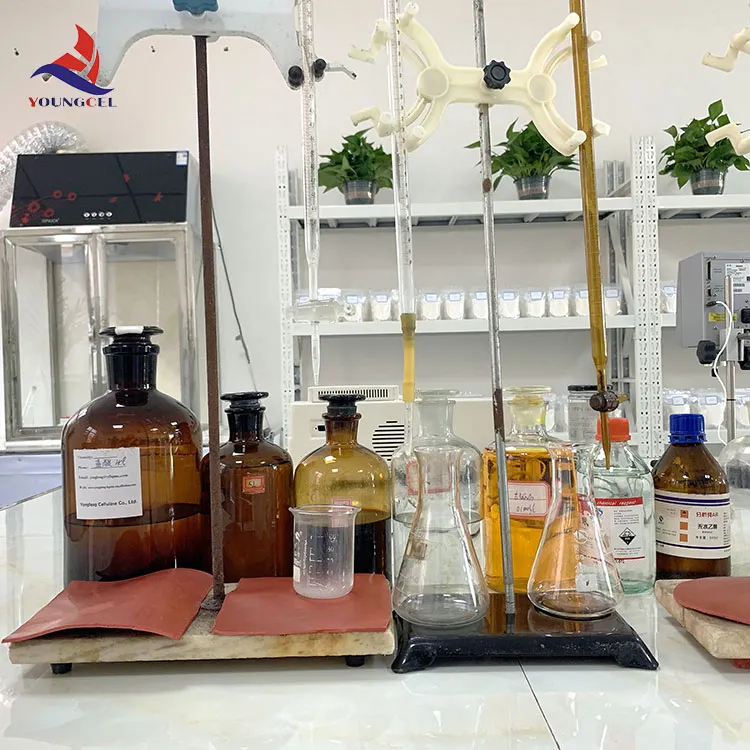The Importance of Chemical Composition in Tile Adhesives
When it comes to the installation of tiles, whether in residential or commercial spaces, the choice of adhesive is crucial for ensuring durability, stability, and aesthetic appeal. One of the most vital aspects of any tile adhesive is its chemical composition. Understanding the chemical makeup of tile bonding agents can help in selecting the right product for specific applications, leading to successful installations that stand the test of time.
What Constitutes Tile Adhesives?
Tile adhesives are formulated using a combination of chemicals that create a strong bond between the tile and the substrate. These formulations typically include polymers, additives, and fillers. The primary constituents are as follows
1. Cement Most traditional tile adhesives are cement-based. The chemical reaction between cement and water creates a hard and stable matrix that holds the tiles firmly in place. The quality and type of cement used can significantly influence the strength and longevity of the adhesive.
2. Polymers Modern tile adhesives often incorporate polymers, which enhance flexibility and adhesion. These chemical compounds allow the adhesive to withstand vibrations and temperature fluctuations without losing its bond strength. Common polymers used include acrylics, polyvinyl acetate (PVA), and ethylene-vinyl acetate (EVA).
3. Additives Various chemicals are added to tile adhesives to improve their workability, setting times, and water resistance. For instance, retarders can slow the curing process, allowing for adjustments during installation, while accelerators can speed it up. Other additives might enhance the adhesive’s resistance to mold and mildew, which is especially important in wet areas like bathrooms and kitchens.
4. Fillers These are inert materials added to tile adhesives to improve their texture and reduce costs. Fillers can impact the final properties of the adhesive, influencing its density, strength, and flexibility. Common fillers include sand, perlite, and clay.
chemical for tile bond

Selecting the Right Tile Adhesive
When selecting a tile adhesive, it’s essential to consider the composition based on the specific environment and type of tile. For instance, glass tiles require special adhesives that can handle their unique weight and surface properties. On the other hand, outdoor installations may necessitate adhesives with enhanced waterproofing and temperature resilience.
Moreover, the surface preparation is crucial. Some adhesives bond better to porous surfaces, while others excel on non-porous substrates. Additionally, the application method can also influence the effectiveness of the adhesive; for example, troweling techniques can affect the thickness and uniformity of the bond layer.
Environmental Considerations
As sustainability becomes a paramount concern in the construction industry, many manufacturers are now producing eco-friendly tile adhesives. These formulations aim to minimize the environmental impact of chemicals used in the adhesive's fabrication. Not only can these products be lower in volatile organic compounds (VOCs), but they may also incorporate recycled materials, contributing to a more sustainable building process.
Conclusion
In conclusion, the chemical composition of tile adhesives plays a significant role in their performance and suitability for various applications. Understanding the properties and interactions of the different components—such as cement, polymers, additives, and fillers—can lead to better decision-making when it comes to tile installations. As technology continues to advance, the availability of innovative tile adhesives will only expand, offering even more effective and sustainable solutions for tile bonding. Ultimately, a well-chosen adhesive can ensure that your tiles remain securely in place, enhancing the beauty and functionality of your spaces for years to come.
-
Premium Detergent Grade HPMC Hydroxypropyl Methylcellulose: Superior Thickening & StabilityNewsAug.31,2025
-
HEC 100000 Hydroxyethylcellulose for Paint | Superior ThickeningNewsAug.30,2025
-
Wall Putty Rdp Powder Packaging DesignNewsAug.29,2025
-
Introduction to Hpmc Hydroxypropyl Methyl CellulosNewsAug.29,2025
-
Hpmc Industri Grade IntegrationNewsAug.29,2025
-
How to Choose the Right Construction AdhesiveNewsAug.29,2025




